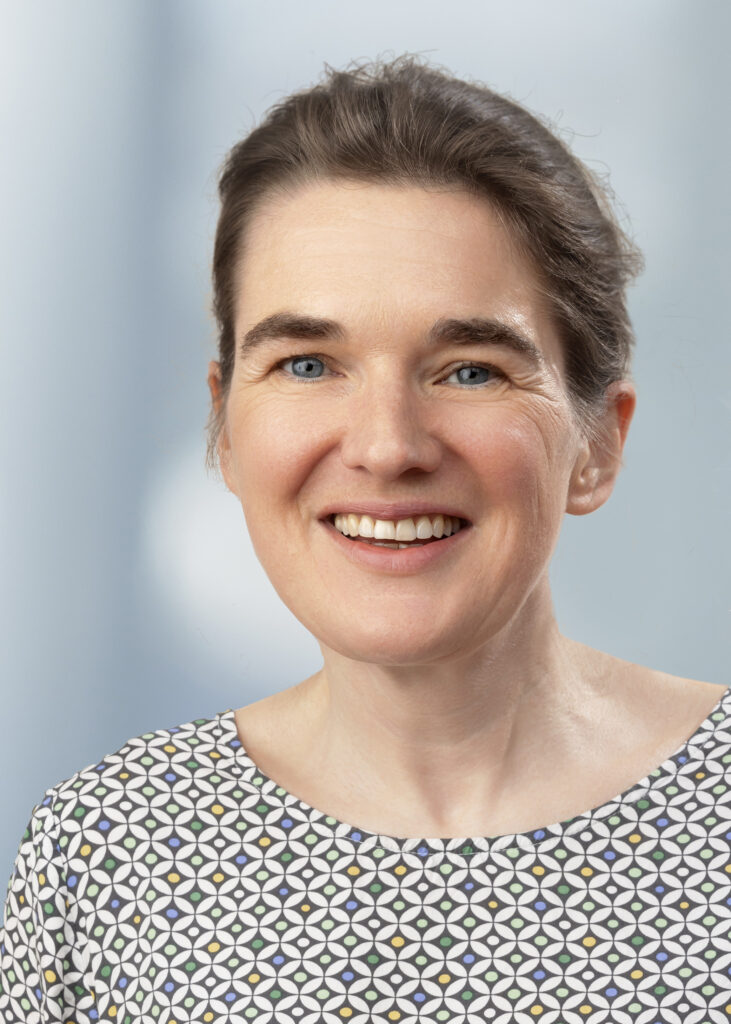Schneider A, Diester I (2024) Freilaser: Flexible Pulse Generator for Laser Control in Optogenetic Experiments. SSRN.

Optophysiology - Optogenetics and Neurophysiology
IMBIT//BrainLinks-BrainTools
University of Freiburg
Georges-Köhler-Allee 201
79110 Freiburg i. Br.
Germany
+49 (0)761 203-8440
My vision is a holistic understanding of how decisions are reached and how they turn into actions. This has far reaching implications for neuroprosthetics, a scientific area which helps patients with specific loss of functions with electronic supplements.
The science of my lab spans the understanding of the basic mechanisms of how we reach decisions and how movements are generated. We apply cutting edge technologies as electrophysiology, optogenetics, fiber-based Calcium imaging and 2-photon imaging with holographic stimulation combined with behavior. To understand how neuronal activities and behavior are linked holistically, we investigate what kind of model of the world is represented in the brain. For that we tightly interact with our colleagues from the Computer science department.
I’m convinced that a couple of prerequisites must be met in order to achieve our goals.
- To stimulate creative approaches to complex neuroscientific problems, we must promote collaborations between neuroscientists, engineers, computer scientists and ethicists. The IMBIT build the ideal environment for such an interdisciplinary approach.
- To enable our research, we must develop and apply the next generation of tools and instrumentation.
- To ensure sustained creativity, we must recruit and train the next generation of scientists with interdisciplinary backgrounds.
- To maximize community support and engagement, we must develop a communications and outreach effort that informs and educates the public about our scientific progress and aspirations. For that, tightly interact with Nexus experiments, a platform for community based outreach activities.
Scientific & professional career
| Since 2014 | W3 Professor at the Albert Ludwigs University of Freibug |
| 2011-2014 | Research Group Leader at the Ernst Strüngmann Institute in Cooperation with Max Planck Society |
| 2008-2011 | Postdoctoral Research Fellow with Dr. Karl Deisseroth, Laboratory of Optogenetics, and Dr. Krishna Shenoy, Laboratory of Motor Control, Stanford University, California, USA. |
Academic Functions
| 2022-present | Spokesperson of IMBIT//BrainLinks-BrainTools |
| 2022-present | Deputy speaker of the Research Unit FOR5159 ‘Prefrontal flexibility’ |
| 2019-present | Co-speaker of the Center BrainLinks-BrainTools |
| 2019-present | Speaker of the Profile Field Neuroscience and Neurotechnology Freiburg |
| 2018-present | Member of directory Board of the research building Intelligent Machine Brain Interfacing Technology (IMBIT) |
| 2014-present | Member of the steering committee of the Excellence ClusterBrainLinks-BrainTools |
| 2016-2019 | Member of the steering committee of the DFG Priority Program 1926 |
Academic education
| 2008 | Ph.D. in Neuroscience from Eberhart-Karls-University, Tübingen, Germany |
| 2003 | Dipl. Biol. (equivalent to Master) from Humboldt-Universität zu Berlin, Germany |
Honors & Awards
| 2016 | Member of the FENS Kavli Network of Excellence |
| 2013 | ERC Starting Grant |
| 2013 | TILL Photonics Research Award |
| 2012 | Bernstein Award (BMBF) |
| 2012 | Boehringer Ingelheim FENS (Federation of European Neuroscience Societies) Research Award |
| 2009 | Postdoctoral fellowship of the Human Frontier Science Program (HFSP) |
| 2008 | Academy prize of the Göttingen Academy of Science |
| 2008 | Graduate “Summa cum laude”, Eberhardt-Karls University, Tübingen |
| 2008 | Postdoctoral fellowship of the DAAD (Deutscher Akademischer Austauschdienst) |
| 2008 | Paper of the year award (Hertie Institute for clinical brain research) |
| 2007 | Travel stipend of the NWG (Neurowissenschaftliche Gesellschaft) |
| 2005 | Marine Biological Laboratory Award, Woods Hole |
Publications
Jaeckel Z, Adzemovic A, Kloos B, Hardung S, Sanchez-Brandelik R, Coulon P, Diester I (2024) A Retrospective Report of Carprofen Administration as Post-Operative Analgesia Reveals Negative Effects of Recommended Doses. Animals. 14, 3157. doi:https://doi.org/10.3390/ani14213157.
Jaeckel Z, Schwaderlapp N, Adzemovic A, Steenbergen F, Hardung S, Fuchs K, Leibold C, Zaitsev M, Diester I (2024) Prefrontal orchestration: a cortical network for rodent motor inhibition. bioRxiv. 2024.10.16.618207. doi: https://doi.org/10.1101/2024.10.16.618207. https://www.biorxiv.org/content/10.1101/2024.10.16.618207v1
Zhu H, de la Crompe B, Kalweit G, Schneider A, Kalweit M, Diester I, Boedecker J (2024) Multi-intention Inverse Q-learning for Interpretable Behavior Representation. Transactions on Machine Learning Research.
Diester I, Bartos M, Bödecker J, Kortylewski A, Leibold C, Letzkus J, Nour MM, Schönauer M, Straw A, Valada A, Vlachos A, Brox T (2024) Internal world models in humans, animals, and AI. Neuron:112: 2265-2268. doi: 10.1016/j.neuron.2024.06.019
Sporer M, Vasilas IG, Adzemovic A, Graber N, Reich S, Gueli C, Eickenscheidt M, Diester I, Stieglitz T, Ortmanns M (2024) NeuroBus - Architecture for an Ultra-Flexible Neural Interface. IEEE Transactions on Biomedical Circuits and Systems, doi: 10.1109/TBCAS.2024.3354785.
Zhu H, De La Crompe B, Kalweit G, Schneider A, Kalweit M, Diester I, Boedecker J (2023) Multiple Intention Inverse Reinforcement Learning for Animal Behavior Characterization. arXiv:2311.13870. doi: 10.48550/arXiv.2311.13870.
Crompe B, Schneck M, Steenbergen F, Schneider A, Diester I (2023) FreiBox: A Versatile Open-Source Behavioral Setup for Investigating the Neuronal Correlates of Behavioral Flexibility via 1-Photon Imaging in Freely Moving Mice. eNeuro. 10(4):ENEURO.0469-22.2023. doi: 10.1523/ENEURO.0469-22.2023.
Hanganu-Opatz IL, Klausberger T, Sigurdsson T, Nieder A, Jacob SN, Bartos M, Sauer JF, Durstewitz D, Leibold C, Diester I (2023) Resolving the prefrontal mechanisms of adaptive cognitive behaviors: A cross-species perspective. Neuron. 111(7):1020-1036. doi: 10.1016/j.neuron.2023.03.017.
Alyahyay M, Kalweit G, Kalweit M, Karvat G, Ammer J, Schneider A, Adzemovic A, Vlachos A, Boedecker J, Diester I (2023) Mechanisms of Premotor-Motor Cortex Interactions during Goal Directed Behavior. bioRxiv. doi: https://doi.org/10.1101/2022.11.18.517059.
